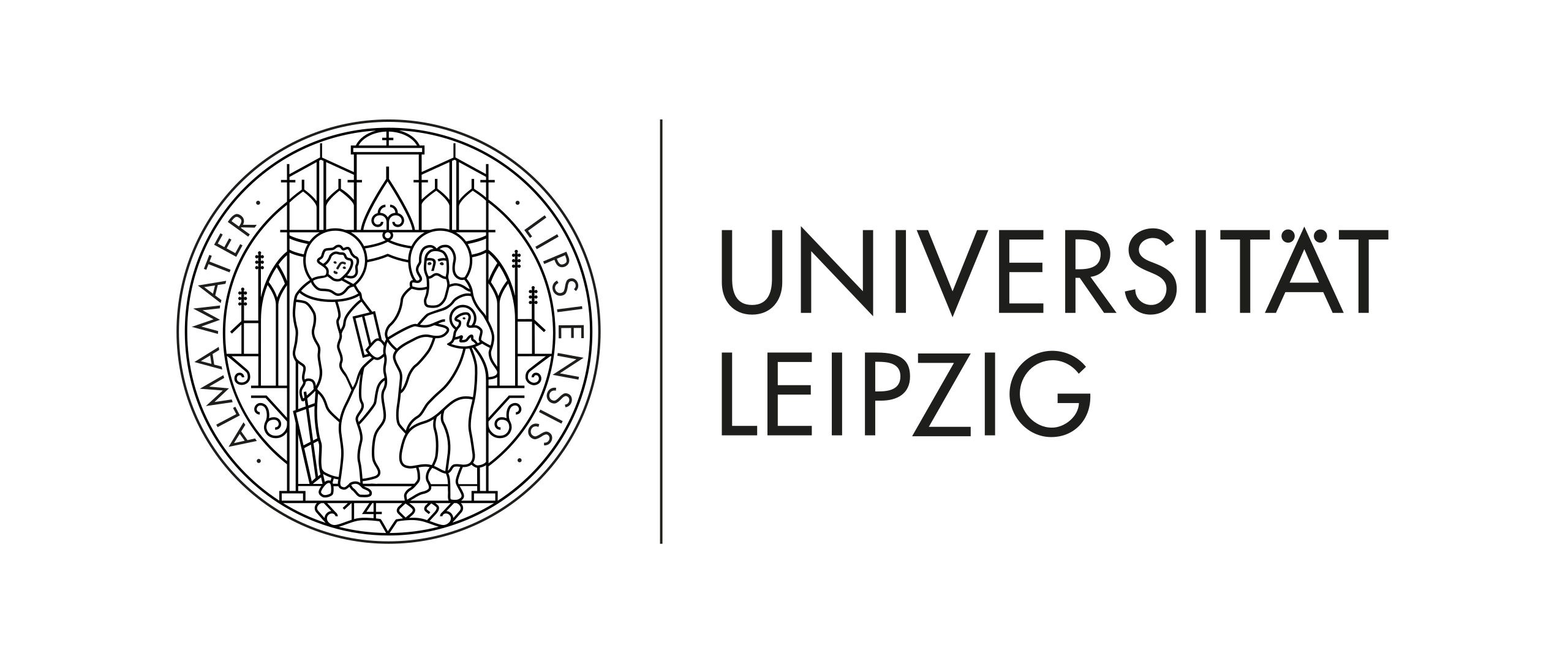array(14 items) uid => 9 (integer) title => 'Salt corrections for RNA secondary structures in the ViennaRNA package' (70 chars) abstract => 'Background RNA features a highly negatively charged phosphate backbone that
attracts a of cloud counter-ions that reduce the electrostatic repulsion in
a concentration dependent manner. Ion concentrations thus have a large influ
ence on folding and stability of RNA structures. Despite their well-document
ed effects, salt effects are not handled by currently available secondary st
ucture prediction algorithms. Combining Debye-Hückel potentials for line ch
arges and Manning’s counter-ion condensation theory, Einert et al. [ Bioph
ys. J. 100: 2745-2753 (2011)] modeled the energetic effects contributions mo
novalent cations on loops and helices. Results The model of Einert et al. i
s adapted to match the structure of the dynamic programming recursion of RNA
secondary structure prediction algorithms. An empirical term describing the
dependence salt dependence of the duplex initiation energy is added to impr
ove co-folding predictions for two or more RNA strands. The slightly modifie
d model is implemented in the ViennaRNApackage in such way that only the ene
rgy parameters but not the algorithmic structure is affected. A comparison w
ith data from the literature show that predicted free energies and melting t
emperatures are in reasonable agreement with experiments. Conclusion The ne
w feature in the ViennaRNApackage makes it possible to study effects of salt
concentrations on RNA folding in a systematic manner. Strictly speaking, th
e model pertains only to mono-valent cations, and thus covers the most impor
tant parameter, i.e., the NaCl concentration. It remains a question for futu
re research to what extent unspecific effects of bi- and tri-valent cations
can be approximated in a similar manner. Availability Corrections for the c
oncentration of monovalent cations are available in the ViennaRNApackage sta
rting from version 2.6.0.' (1849 chars) authors => array(4 items) 0 => array(3 items) last_name => 'Yao' (3 chars) first_name => 'Hua Ting' (8 chars) sorting => 1 (integer) 1 => array(3 items) last_name => 'Lorenz' (6 chars) first_name => 'Ronny' (5 chars) sorting => 2 (integer) 2 => array(3 items) last_name => 'Hofacker' (8 chars) first_name => 'Ivo L.' (6 chars) sorting => 3 (integer) 3 => array(3 items) last_name => 'Stadler' (7 chars) first_name => 'Peter Florian' (13 chars) sorting => 4 (integer) type => '0' (1 chars) keywords => '' (0 chars) year => 2023 (integer) affiliation => 0 (integer) link_paper => 'https://syndication.highwire.org/content/doi/10.1101/2023.04.07.536000' (70 chars) link_supplements => '' (0 chars) file_published => 0 (integer) journal => '' (0 chars) doi => '10.1101/2023.04.07.536000' (25 chars) preprint => '-1' (2 chars)
Salt corrections for RNA secondary structures in the ViennaRNA package
2023: Hua Ting Yao; Ronny Lorenz; Ivo L. Hofacker; Peter Florian StadlerLink to Publication DOI: 10.1101/2023.04.07.536000
Background RNA features a highly negatively charged phosphate backbone that attracts a of cloud counter-ions that reduce the electrostatic repulsion in a concentration dependent manner. Ion concentrations thus have a large influence on folding and stability of RNA structures. Despite their well-documented effects, salt effects are not handled by currently available secondary stucture prediction algorithms. Combining Debye-Hückel potentials for line charges and Manning’s counter-ion condensation theory, Einert et al. [ Biophys. J. 100: 2745-2753 (2011)] modeled the energetic effects contributions monovalent cations on loops and helices. Results The model of Einert et al. is adapted to match the structure of the dynamic programming recursion of RNA secondary structure prediction algorithms. An empirical term describing the dependence salt dependence of the duplex initiation energy is added to improve co-folding predictions for two or more RNA strands. The slightly modified model is implemented in the ViennaRNApackage in such way that only the energy parameters but not the algorithmic structure is affected. A comparison with data from the literature show that predicted free energies and melting temperatures are in reasonable agreement with experiments. Conclusion The new feature in the ViennaRNApackage makes it possible to study effects of salt concentrations on RNA folding in a systematic manner. Strictly speaking, the model pertains only to mono-valent cations, and thus covers the most important parameter, i.e., the NaCl concentration. It remains a question for future research to what extent unspecific effects of bi- and tri-valent cations can be approximated in a similar manner. Availability Corrections for the concentration of monovalent cations are available in the ViennaRNApackage starting from version 2.6.0.

